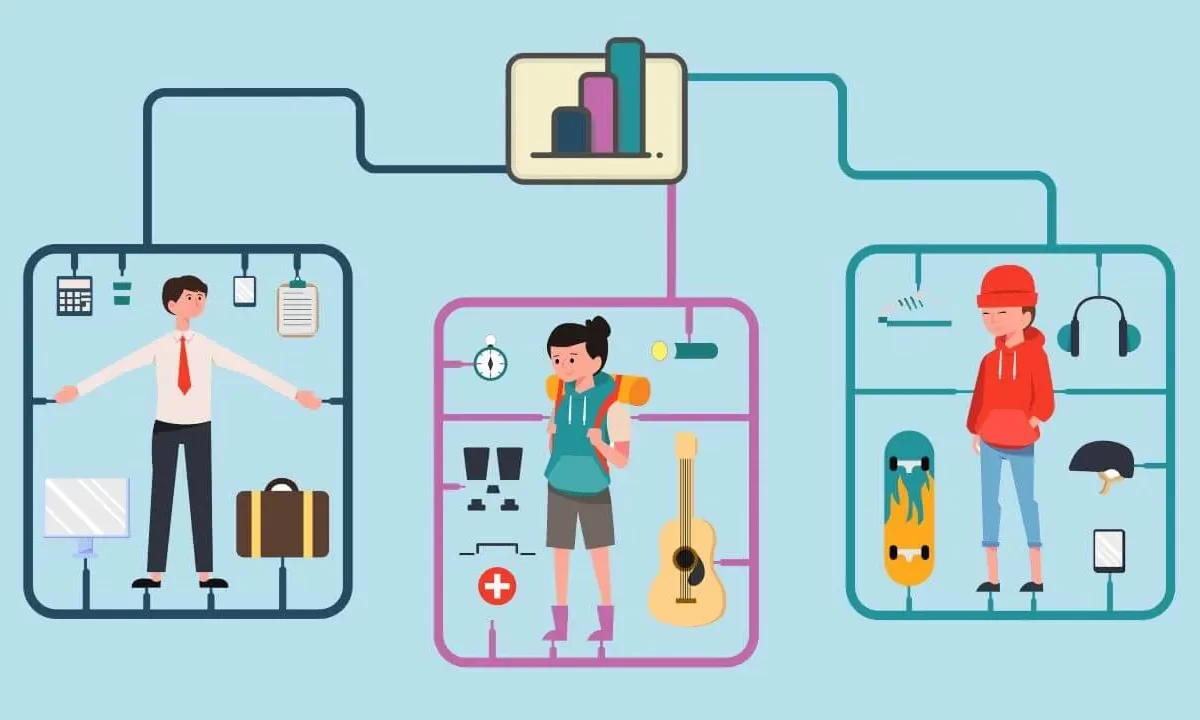Table of Contents
In today’s extremely competitive e-commerce landscape, standing out requires more than just offering a quality product and a user-friendly website. Consumers are no longer satisfied with a generic, one-size-fits-all shopping experience. They crave a sense of connection, recognition, and a journey tailored to their unique needs and interests. This is where personalization comes in, acting as a powerful tool for e-commerce businesses to usher in a new era of customer engagement, loyalty, and ultimately success.
Why personalization is more important than ever

Gone are the days when customers just browsed static product pages and generic marketing messages. Studies from McKinsey & Company [Source: McKinsey & Company] reveal that 71% of consumers expect companies to personalize interactions with them. This shift in customer expectations highlights the important role personalization plays in e-commerce success. It is no longer a “nice to have” but a “must-have” for businesses that want to thrive in a customer-centric world. Benefits of Personalization: Multifaceted Advantages. So, how exactly can personalization benefit your e-commerce business?
Benefits of Personalization: A Multi-Faceted Advantage

- Increase sales and conversions: By leveraging data like purchase history, browsing behavior, and demographics, you can make recommendations for products that truly suit customers’ personal preferences. This targeted approach significantly increases the likelihood that they will add items to their cart and complete their purchase.
- Improve customer experience: Personalized experiences make customers feel respected and understood. They can easily navigate your site, quickly find related products, and discover items they may not have otherwise considered. This leads to a more satisfying and engaging purchasing journey, leading to increased customer satisfaction and reduced bounce rates.
- Increase customer loyalty and advocacy: When customers feel a personal connection to your brand, they are more likely to become repeat buyers and brand advocates. Personalized experiences promote feelings of loyalty, encourage positive word-of-mouth marketing, and build stronger customer relationships. An Accenture study [Source: Accenture] found that 91% of consumers are more likely to shop with brands that recognize, remember, and understand their individual needs.
- Data-driven insights for continuous improvement: Personalization efforts generate valuable customer data that can be used to refine marketing strategies, product offerings, and experiences and overall customer experience. By analyzing data and understanding customer preferences in detail, you can continuously improve your personalization strategy and stay ahead.
Examples of Personalization in Action: From Recommendations to Retargeting
Now, let’s explore some real-life examples of how you can implement a personalization strategy in your e-commerce business:
- Product Recommendations: Use a recommendation tool with AI-powered recommendations to recommend products based on past purchases, browsing history, and even abandoned cart contents. This helps re-engage customers and encourages them to complete their purchase.
- Dynamic content delivery: Tailor website content, product listings, and banners based on user location, demographics, and browsing behavior. Showcase products that suit their specific needs and preferences, creating a more engaging and personalized experience.
- Personalized marketing campaigns: Create targeted email and social media campaigns tailored to each customer’s preferences. Send birthday or holiday promotions, recommend similar items based on their purchase history, or offer personalized discounts on products they have viewed.
- Retargeting with a purpose: Use retargeting ads to remind customers about products they are interested in. However, make sure these ads are relevant and timely, offering personalized recommendations or reminding them about abandoned carts instead of showing generic product images.
- Interactive features and quizzes: Implement interactive quizzes or product search tools that guide customers to the products that best fit their needs. Not only does this personalize the experience, but it also collects valuable data to further perfect your personalization efforts.
Getting started with personalization: Building a sustainable strategy

The personalization journey requires careful planning and a commitment to ethical data collection practices.
Here are some key steps to get started:
- Identify your personalization goals: Identify what you want to achieve with personalization, whether it’s increase sales, promote customer interaction or strengthen brand loyalty.
- Collect customer data responsibly: Collect data with explicit consent and ensure it is used ethically and transparently.
- Segment your customers: Group customers based on common characteristics and interests for targeted personalization efforts.
- Choose the right personalization tool: Leverage different tools and technologies like recommendation engines and content management systems to create and deliver personalized experiences.
- Continuously test and refine: Regularly evaluate the effectiveness of your personalization strategy, collect customer feedback, and make adjustments based on your results.
- The future of e-commerce is personal: In a world where customers demand personal attention and connection, personalization has become a cornerstone of e-commerce.


